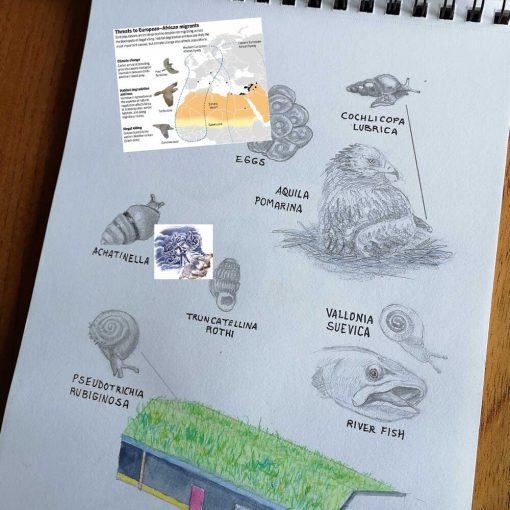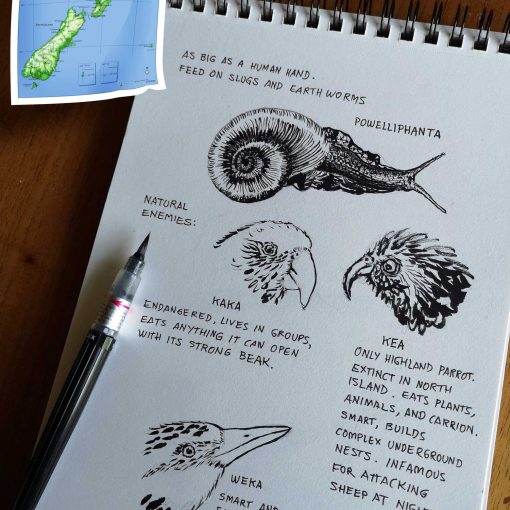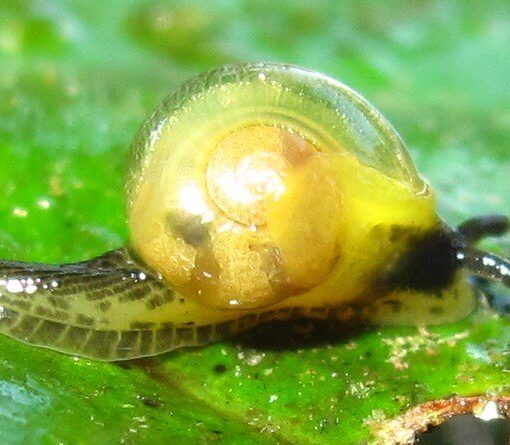Author: Julián Monge Nájera, Ecologist and Photographer
Not all was bad news. Some birds benefited from human armed conflict taken place in the past century. Also, they were used to develop important roles in wars such as communication of military and mental health of patients.

War is hell on earth: no other description better fits the absolute horror of war.
Nevertheless, in his book, Birds and the War, Scottish ornithologist Hugh S. Gladstone (1877-1949) explained that some bird species actually benefit from human armed conflict. In the sea, gulls swarm over fish killed by explosions, and battlefield debris are used by birds of many species gulls swarm for shelter. Military buildings also provide shelter, and refuse from troops and military installations help birds with tons of food and nesting materials¹.

Potassium and nitrates from bombs have lasting ecological effects: they are, after all, key components of fertilizers, and the enriched soils produce more biomass. More vegetation means more flowers, fruits and seeds, which in turn mean more insects and more herbivores: great news for birds that feed on seeds, fruits and small animals, as well as for carrion-eating birds. Minutes after mortar shells craters were formed, birds landed to feed on the exposed grub worms, and weeks later, they bathed and fed on the rain-filled craters.
Of course, millions of birds suffer injury and death because of wars (see my previous post here), but conflicts also prevent bird hunters from going to some areas. No-man zones, like the ones between the two Koreas and those that buffered west and east Europe during the cold war, are significant refuges for flora and fauna, as are zones that become depopulated when human refugees abandon them.
“Minutes after mortar shells craters were formed, birds landed to feed on the exposed grub worms, and weeks later, they bathed and fed on the rain-filled craters.
In the times of Gladstone, messenger pigeons still were part of army units, and military hospitals used canaries and pigeons to improve the mental health of patients. Then, as now, soldiers sometimes kept pet birds and, even in the battlefield, birds provided relief: «If it weren’t for the birds, what a hell it would be! I watch them singing, and something comes into my throat», wrote a Scottish soldier killed in the Western Front².

“Ornithologists are also called to arms and die in wars” adds Gladstone, “and this saves thousands of birds that would, otherwise, be killed to enlarge the collections of both museums and amateurs”.
«Parrots were employed, early in the war, at the Eiffel Tower to announce the approach of hostile aircraft. It was found at first that the birds gave warning fully twenty minutes before an aeroplane or airship could be identified by the eye or heard by the human ear»².
This extraordinary use of tropical birds in the French capital was discontinued, because they were equally alarmed by enemy and friendly aircraft.

Today, the United States Armed Forces and other western armies incorporate bird conservation in their guidelines³ and birds also benefit from sites of past battles that are now protected as parks, for example Santa Rosa in Costa Rica⁴ and Antietam and Manassas in the USA⁵. In a study in the USA, when military exercises scared away crows, northern cardinals were less stressed and reproduced better⁶. I dream of a future in which soldiers can pet birds instead of killing other human beings; and I hope my grandchildren’s children can live that dream.


Originally published in Blog Biología Tropical: 15 may 2020
REFERENCIAS
¹ Trouer-Trend, J. (2006). Birding Babylon. Covelo, California, USA: Sierra Club.
² Gladstone, H. (1919). Birds and the War. Londres, UK: Skeffington.
³ Eberly, C., & Keating, J. (2006). Birds and bombs: how bird conservation planning and the military mission work together. Federal Facilities Environmental Journal, 17(1), 51-65.
⁴Anónimo (2019). Parque Nacional Santa Rosa. San José, Costa Rica: Sistema Nacional de Áreas de Conservación. Retrieved from https://bit.ly/2OoKXB0
⁵ Higgins, C. (2017). Civil War Battlefields: A Haven for Grassland Birds. Retrieved from https://www.nps.gov/articles/battlefield-birds.htm
⁶Barron, D. G., et al. (2012). Effects of military activity on breeding birds. The Journal of Wildlife Management, 76(5), 911-918.





2 ideas sobre “Parrots of the Eiffel Tower: how some bird species benefit from war”
Hey, I’m Natalie from Social Buzzzy checking in. I’ve discovered a game-changer for Instagram success and couldn’t help but share it with you!
Social Growth Engine presents an incredible tool that skyrockets Instagram engagement. It’s easy:
– Focus on creating incredible content.
– Cost-effective at just below $36/month.
– Secure, powerful, and Instagram-friendly.
Witnessing fantastic results, and I am confident you will too! Elevate your Instagram game today: http://get.socialbuzzzy.com/instagram_booster
Here’s to your success,
Natalie
Way cool! Some very valid points! I appreciate you penning this write-up and the rest
of the website is very good.